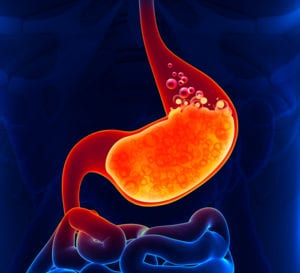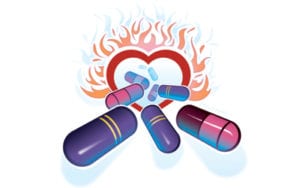Most Americans don’t get enough fiber
By David Dunaief, M.D.

Many of us have suffered at one time or another from inflamed hemorrhoids. They affect men and women equally, though women have a higher propensity during pregnancy and child birth. For some reason, there’s a social stigma associated with hemorrhoids, although we all have them. They’re vascular structures that aid in stool control. When they become irritated and inflamed, we have symptoms — and often say we “have hemorrhoids” — when we really mean our hemorrhoids are causing us pain.
When they’re irritated, hemorrhoids may alternate between itchy and painful symptoms, making it hard to concentrate and uncomfortable to sit. This is because the veins in your rectum are swollen. They usually bleed, especially during a bowel movement, which may scare most of us. Fortunately, hemorrhoids are not a harbinger of more serious disease.
Treating external hemorrhoids
Fortunately, external hemorrhoids tend to be mild. Most of the time, they are treated with analgesic creams or suppositories that contain hydrocortisone, such as Preparation H, or with a sitz bath, all of which help relieve the pain. Thus, they can be self-treated and do not require an appointment with a physician. The most effective way to reduce bleeding and pain is to increase fiber through diet and supplementation (1). However, sometimes there is thrombosis (clotting) of external hemorrhoids, in which case they may become more painful, requiring medical treatment.
Treating internal hemorrhoids
Internal hemorrhoids can be a bit more complicated. The primary symptom is bleeding with bowel movement, not pain, since they are usually above the point of sensation in the colon, called the dentate line. If the hemorrhoids prolapse below this, there may be pain and discomfort, as well. Prolapse is when hemorrhoids fall out of place, due to weakening of the muscles and ligaments in the colon.
The first step for treating internal hemorrhoids is to add fiber through diet and supplementation. Study after study shows significant benefit. For instance, in a meta-analysis by the Cochrane Systems Data Review 2005, fiber reduced the occurrence of bleeding by 53 percent (2). In another study, after two weeks of fiber and another two-week follow-up, the daily incidence of bleeding was reduced dramatically (3).
There are several minimally invasive options, including anal banding, sclerotherapy and coagulation. The most effective of these is anal banding, with an approximate 80 percent success rate (4). This is usually an office-based procedure where two rubber bands are place at the neck of each hemorrhoid. To avoid complications from constipation, patients should also take fiber supplementation.
Side effects of the procedure are usually mild, and there is very low risk of infection. However, severe pain may occur if misapplication occurs with the band below the dentate line. If this procedure fails, hemorrhoidectomy (surgery) would be the next option.
How to prevent hemorrhoids
First, sitting on the toilet for long periods of time puts significant pressure on the veins in the rectum, potentially increasing the risk of inflammation. Though you may want private time to read, the bathroom is not the library. As soon as you have finished moving your bowels, it is important to get off the toilet.
Eating more fiber helps to create bulk for your bowel movements, avoiding constipation, diarrhea and undue straining. Thus, you should try to increase the amount of fiber in your diet, before adding supplementation. Fruits, vegetables, whole grains, nuts, beans and legumes have significant amounts of fiber. Grains, beans and nuts have among the highest levels of fiber. For instance, one cup of black beans has 12 g of fiber.
Americans, on average, consume 16 g per day of fiber (5). For the average female or male between ages 31 and 50, the USDA recommends 25 and 30 g per day, respectively (6). I would recommend at least 40 g. My wife and I try to eat only foods that contain a significant amount of fiber, and we get approximately 65 g per day. You may want to raise your fiber level gradually; if you do it too rapidly, be forewarned — side effects are potentially gas and bloating for the first week or two.
Get plenty of fluids. It helps to soften the stool and prevent constipation. Exercise also helps to prevent constipation. It is important not to hold in a bowel movement; go when the urge is there or else the stool can become hard, causing straining, constipation and more time on the toilet.
If you have rectal bleeding and either have a high risk for colorectal cancer or are over the age of 50, you should see your physician to make sure it is not due to a malignancy or other cause, such as inflammatory bowel disease. The message throughout this article is that Americans need to get more fiber, which is beneficial for inflamed hemorrhoid prevention and treatment.
References:
(1) Dis Colon Rectum. Jul-Aug 1982;25(5):454-456. (2) Cochrane.org. (3) Hepatogastroenterology 1996;43(12):1504-1507. (4) Dis Colon Rectum 2004 Aug;47(8):1364-1370. (5) emedicine.com 2010. (6) health.gov.
Dr. Dunaief is a speaker, author and local lifestyle medicine physician focusing on the integration of medicine, nutrition, fitness and stress management. For further information, visit www.medicalcompassmd.com or consult your personal physician.
We invite you to check out our new weekly Medical Compass MD Health Videos on Times Beacon Record News Media’s website, www.tbrnewsmedia.com.



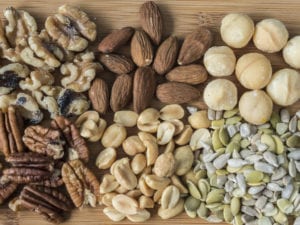
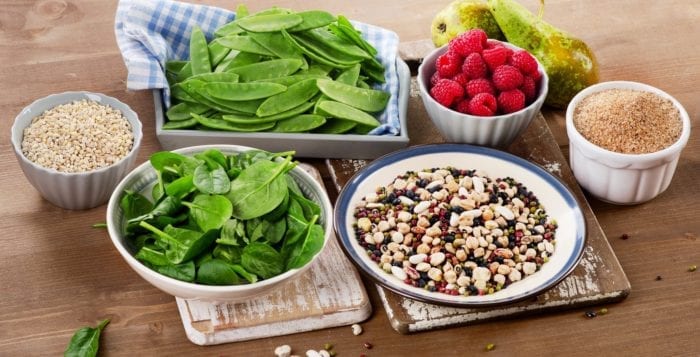
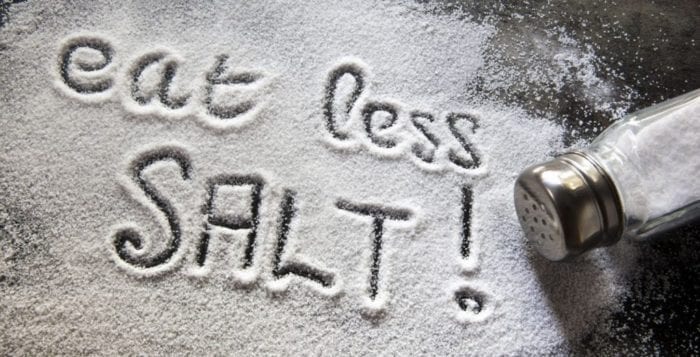
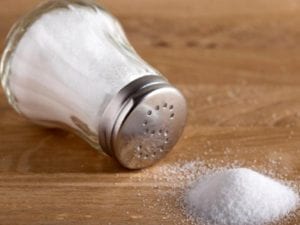

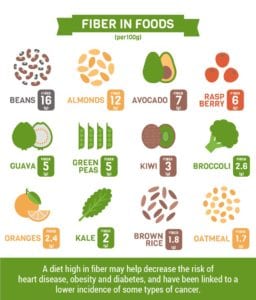 Fiber has very powerful effects on our overall health. A very large prospective cohort study showed that fiber may increase longevity by decreasing mortality from cardiovascular disease, respiratory diseases and other infectious diseases (1). Over a nine-year period, those who ate the most fiber, in the highest quintile group, were 22 percent less likely to die than those in lowest group. Patients who consumed the most fiber also saw a significant decrease in mortality from cardiovascular disease, respiratory diseases and infectious diseases. The authors of the study believe that it may be the anti-inflammatory and anti-oxidant effects of whole grains that are responsible for the positive results.
Fiber has very powerful effects on our overall health. A very large prospective cohort study showed that fiber may increase longevity by decreasing mortality from cardiovascular disease, respiratory diseases and other infectious diseases (1). Over a nine-year period, those who ate the most fiber, in the highest quintile group, were 22 percent less likely to die than those in lowest group. Patients who consumed the most fiber also saw a significant decrease in mortality from cardiovascular disease, respiratory diseases and infectious diseases. The authors of the study believe that it may be the anti-inflammatory and anti-oxidant effects of whole grains that are responsible for the positive results.
 YIELD: Makes 10 servings
YIELD: Makes 10 servings


